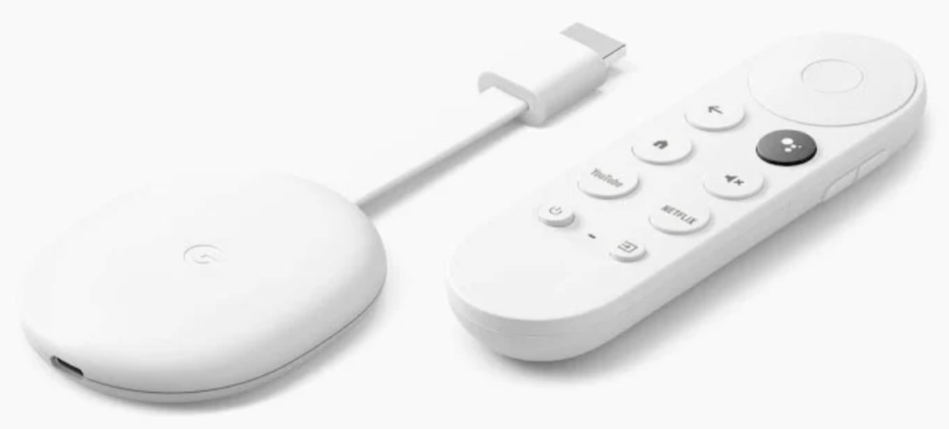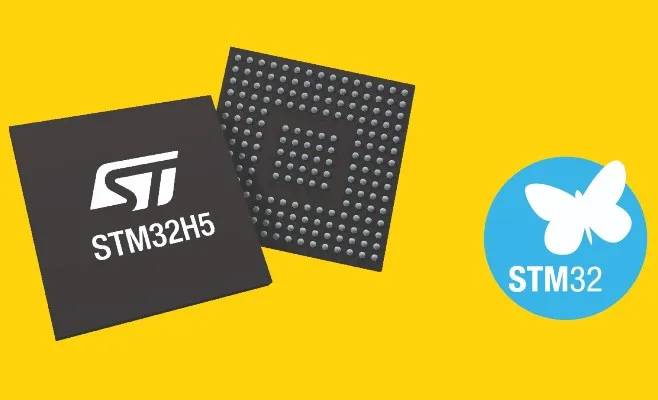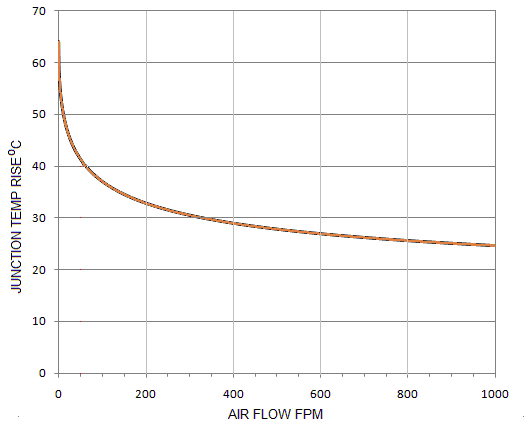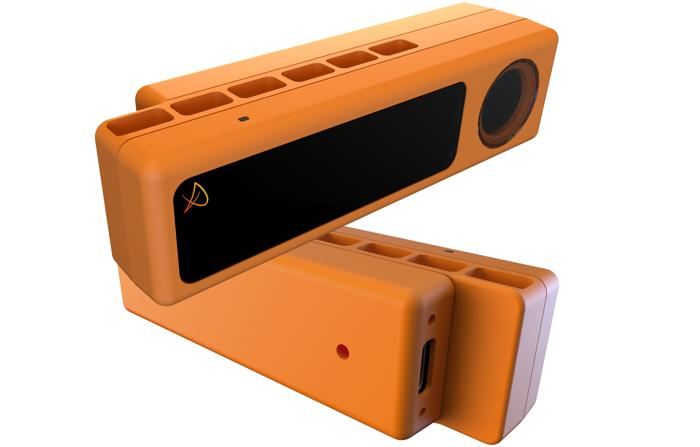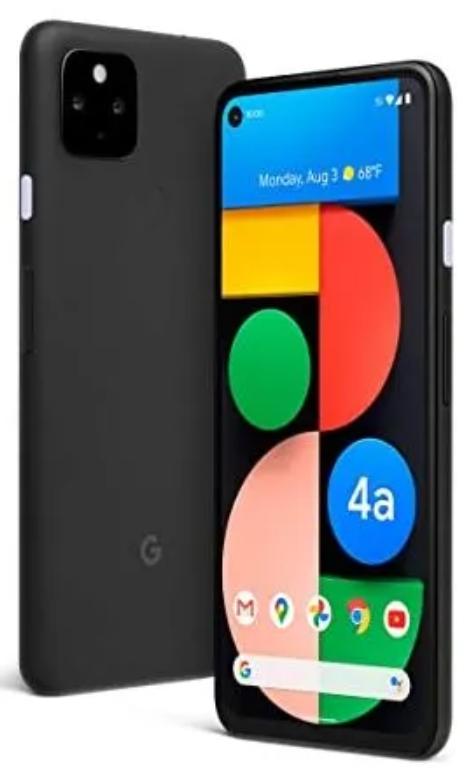
How to connect existing smart home devices to Matter
- Communications
- 2023-09-23 21:39:54
With the emergence of Matter comes a wide breadth of opportunities to improve Internet of Things (IoT) connectivity and enable new applications and solutions for years to come. Matter is an application layer that allows different products from different vendors using other technologies to work seamlessly together.
The protocol aims to reduce fragmentation between different manufacturers and enhance interoperability between smart home devices and IoT platforms from different vendors. To achieve this goal, Matter will use Internet Protocol (IP) that provides interoperability between devices to define a standard application layer—regardless of the underlying network protocol.
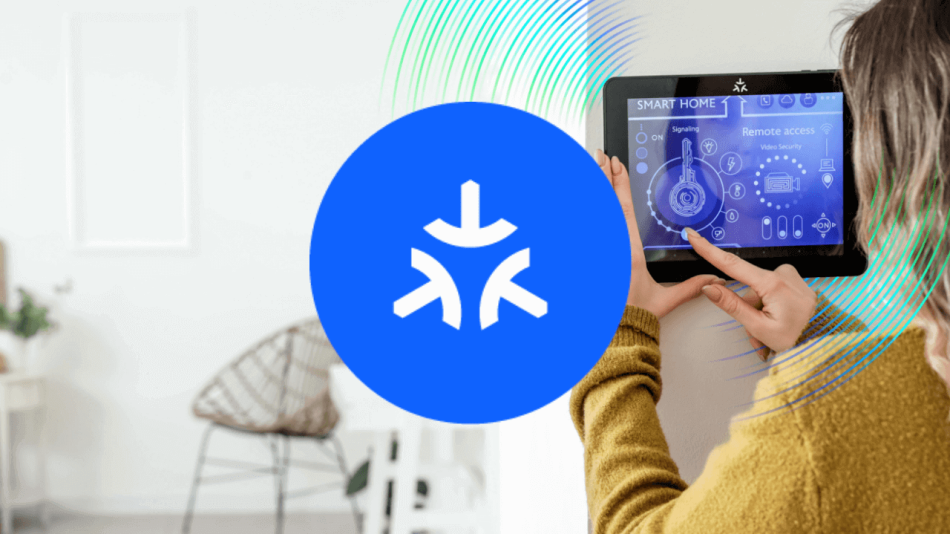
Figure 1 Matter is driving the convergence between the major IoT ecosystems. Source: Silicon Labs



If IoT companies want to stay ahead of the curve in today’s evolving market, they’ll need in-depth expertise in the underlying Matter IoT wireless protocols, including Bluetooth, Thread, and Wi-Fi. So, how exactly can you achieve Matter interoperability regardless of protocol? The answer may lie in bridging.
What’s bridging and why it’s needed
With a large, existing installation base of non-IP based Zigbee, Z-Wave and other wireless IoT protocols, wireless coexistence is necessary and exceedingly complex. There are currently over 2,100 certified non-IP based smart home products on the market supporting a wide range of applications. With the development of the Matter standard, these devices will need to be bridged to ensure compatibility with the new protocol.
Products using Zigbee or Z-Wave—like Philips Hue bulbs, SmartThings sensors, Ring Alarm system, and Ecobee thermostats—are already on shelves and in homes around the world but are not currently compatible with Matter. In general, connecting Zigbee and Z-Wave devices to Matter will involve updating existing hubs or adding a new bridge that supports the new protocol.
Developers need a way to connect Matter to these devices and bring today’s existing smart home devices into the future, so consumers can enjoy the benefits of Matter with their existing products. Even though some companies may choose to upgrade their end devices in-field if they meet the flash and RAM requirements, it will be wiser for IoT providers to bridge already-existing sensor networks with Matter networks because it will provide users with a more intuitive, easier experience.
Thankfully, a growing number of IoT companies plan to introduce bridging products that will help support both deployed Zigbee/Z-Wave products and the newer Matter products which use Bluetooth Low Energy (LE) for commissioning and run over Thread, Wi-Fi, and Ethernet protocols. Let’s take a closer look at how a Matter bridge works.
How Matter bridge works
A Matter bridge works by extending connectivity to non-Matter IoT devices in a Matter fabric and allows consumers to keep using existing non-Matter devices such as Zigbee and Z-Wave devices together with new Matter devices. The bridge connects to each device using their respective protocols, such as Zigbee, Z-Wave, or Bluetooth, and then translates messages between them into a Matter protocol that they can all understand.
So, when one device sends a message to the other, the bridge intercepts it, translates it into the Matter protocol, and then sends it to the receiving device. The receiving device then translates the message back into its own protocol and acts on it accordingly.
Essentially, the Matter bridge acts as a mediator between smart home devices that use different communication protocols. It enables devices to work together seamlessly, regardless of the protocols they use. This is particularly important for consumers, who may have smart home devices from different manufacturers that use different protocols.
With a Matter bridge, they can connect all their devices to a single network and control them from a single app or platform. The diagram below shows both connectivity between Thread network and Matter fabric as well as Matter to non-Matter networks like Z-Wave/Zigbee using a bridge device.

Figure 2 This is how a Matter bridge works by connecting all the devices to a single network. Source: Silicon Labs
Matter over Thread
To enable connecting to Matter over Thread, many smart home device manufacturers are building border routers that support both Thread and Matter protocols. These devices are designed to act as a router between Thread-based smart home devices and Matter-based devices, allowing them to communicate with each other.
What makes Thread unique to other bridges and hubs is its ability to be built into other devices because it is IP based. IoT providers are building a variety of hardware devices that will act as Matter-compatible Thread border routers like smart home hubs, smart speakers, smart locks, and smart lighting to provide users with seamless interoperability across existing Matter and non-Matter devices.
Overall, any device that supports both Thread and Matter has the potential to act as a border router between the two protocols. With the growing popularity of Matter, we are likely to see an increasing number of devices that support both Thread and Matter.
Furthermore, it is possible to combine Thread Border Router functionality with a Matter Bridge to enable support for Matter Thread and non-Matter devices in a single hub. In fact, some companies are already taking steps to make this a reality. For example, Silicon Labs recently released a fully functional Unify Software Development Kit (SDK), offering bridge solutions for Matter to Zigbee and Matter to Z-Wave, as well connecting to Matter Thread devices.

Figure 3 The SDK offers bridge solutions for Matter to Zigbee, Matter to Z-Wave, and Matter to Thread devices. Source: Silicon Labs
Unify SDK is a software network that simplifies IoT infrastructure development, including application processor-based end products, gateways, hubs, bridges, and access points. Each Unify SDK component implements a Message Queuing Telemetry Transport (MQTT) interface, which is a simple messaging protocol, to the unified language based on Dotdot. As a result, it’s a modular, extendible, lightweight, and well-defined interface for system integration.
Although Unify SDK natively runs on Linux, it is architected for portability. The Unify-Matter bridge application is a part of Unify SDK and is based on CSA’s Matter Bridge Application software. The application receives the Zigbee Cluster Library (ZCL) commands on the Matter protocol interface, translates to Unify Controller Language data model, and publishes to an MQTT interface.
Improving connectivity in future smart homes
By using Thread as the underlying wireless protocol for IoT devices and adding Matter support through border routers, IoT providers are making it easier to create a connected ecosystem of devices that work together. Those devices that do not have native Matter support can still interoperate with Matter through a Matter bridge.
This approach enables consumers to choose from a wider range of devices and manufacturers, while still ensuring compatibility and ease of use. As the industry continues to evolve, we can expect to see even more devices that support both Thread and Matter, making it easier than ever before to create a seamless and connected smart home experience.

Related Content
Matter 1.0 Arrives for the Smart Home2022 Achievements Pave the Way for an IoT 2023Smart home: 4 things you should know about MatterHardware Root of Trust: The Key to IoT Security in Smart HomesTop smart home trends plus: is Matter the key to interoperability?How to connect existing smart home devices to Matter由Voice of the EngineerCommunicationsColumn releasethank you for your recognition of Voice of the Engineer and for our original works As well as the favor of the article, you are very welcome to share it on your personal website or circle of friends, but please indicate the source of the article when reprinting it.“How to connect existing smart home devices to Matter”


